Part of the Cuba-Cayman Islands Freshwater ecoregion, the narrow island of Cuba is a Caribbean island biodiversity hotspot - with a huge variety of animals and plants.
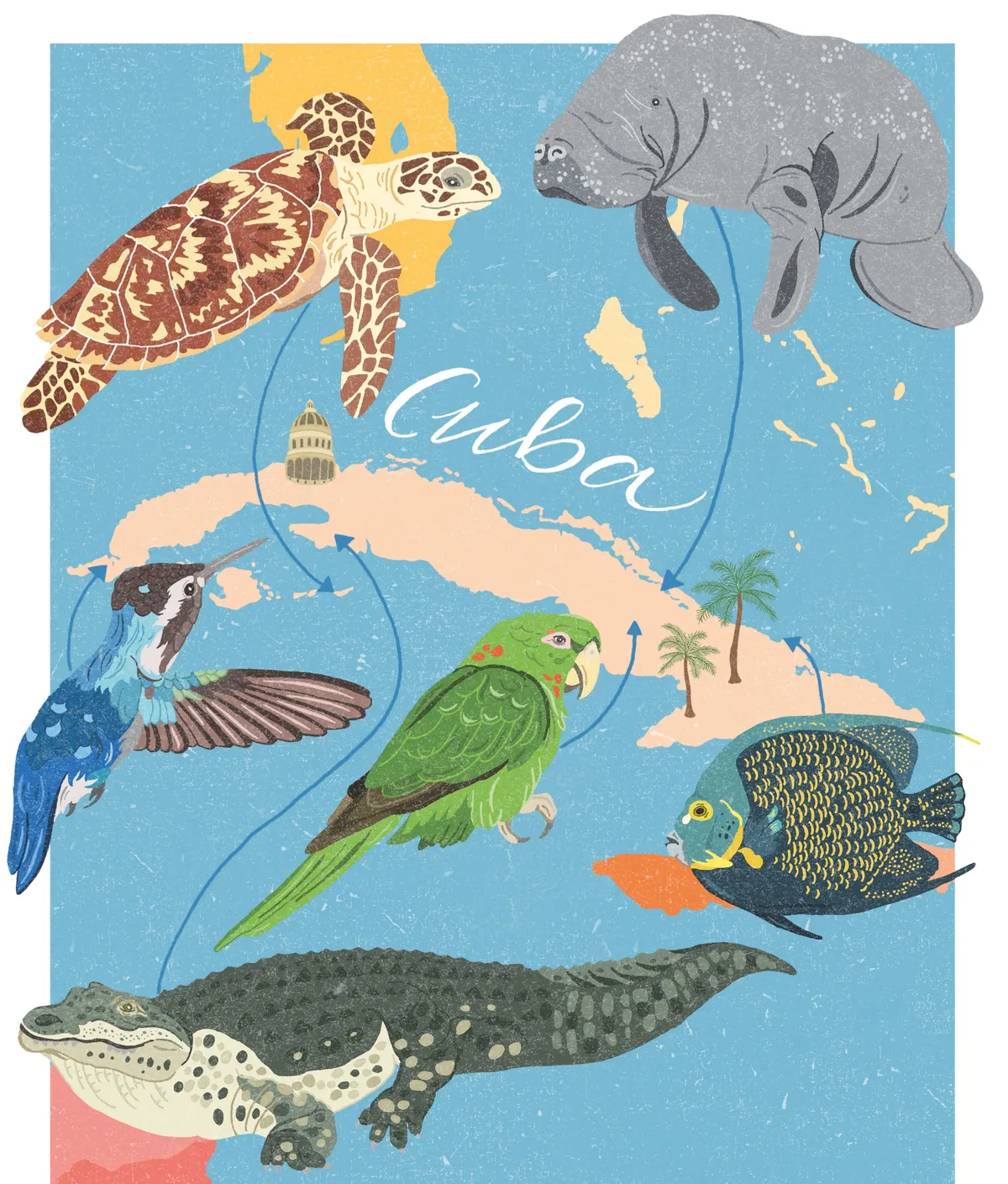
Six species to spot in Cuba. © Dawn Cooper
With such a wide range of species, it was hard to choose just six when we originally wrote about Cuba for the Wildlife Travel column in BBC Wildlife Magazine.
For example, 368 bird species can be found in Cuba - 25 of which are endemic! In our list, we've highlighted the bee hummingbird and Cuban parakeet, but we could've easily chosen the Cuba's national bird, the Cuba trogon, or the Cuba kite, which is the island's rarest raptor and considered to be Critically Endangered.
Hawksbill turtle Eretmochelys imbricata, Cayo Largo del Sur
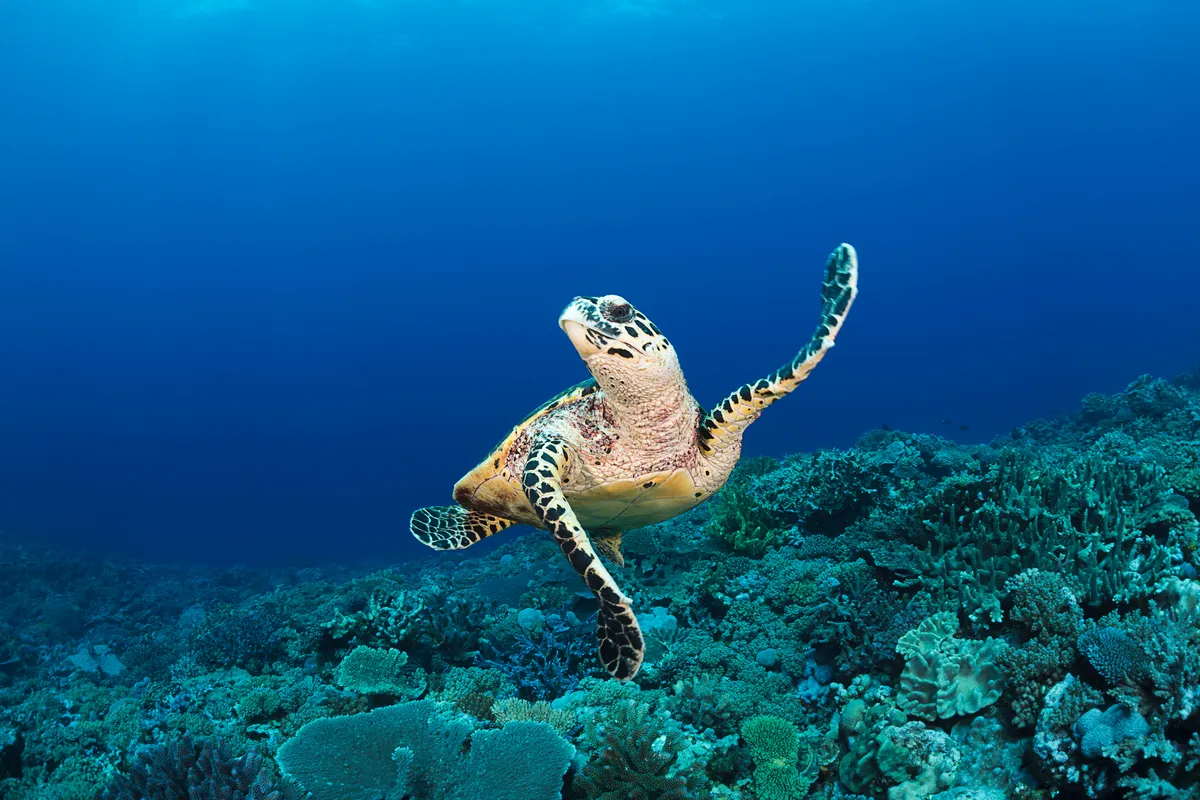
Hawksbills arrive at Cayo Largo to lay their eggs between April and September. There is a turtle conservation project here whereby eggs are taken and hatched, giving hatchlings a better chance of survival when they are released.
This turtle species is found through the tropical waters of the world, and in some subtropical waters. With such a wide range, and due to it being a long-lived species, it is difficult to ascertain population abundance and declines.
IUCN Red List status: Critically Endangered
Antillean manatee Trichechus manatus manatus, Humedal Río Máximo-Cagüey
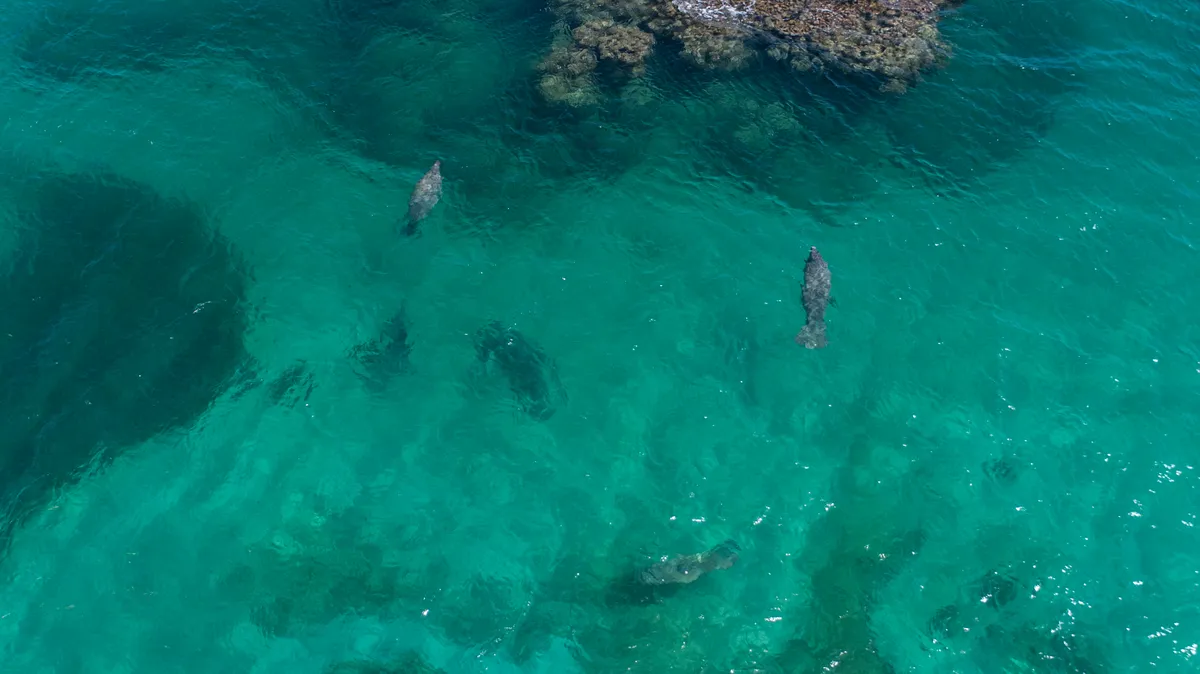
Also known as the Caribbean manatee or West Indian manatee, the Antillean manatee is a subspecies of the American manatee.
This subspecies can be found around a number of Caribbean islands. They were once hunted and although they are now protected, they still face a number of threats including pollution, collisions with boats and entanglement in fishing gear.
IUCN Red List status (subspecies): Endangered
Bee hummingbird Mellisuga helenae, Guanahacabibes Peninsula
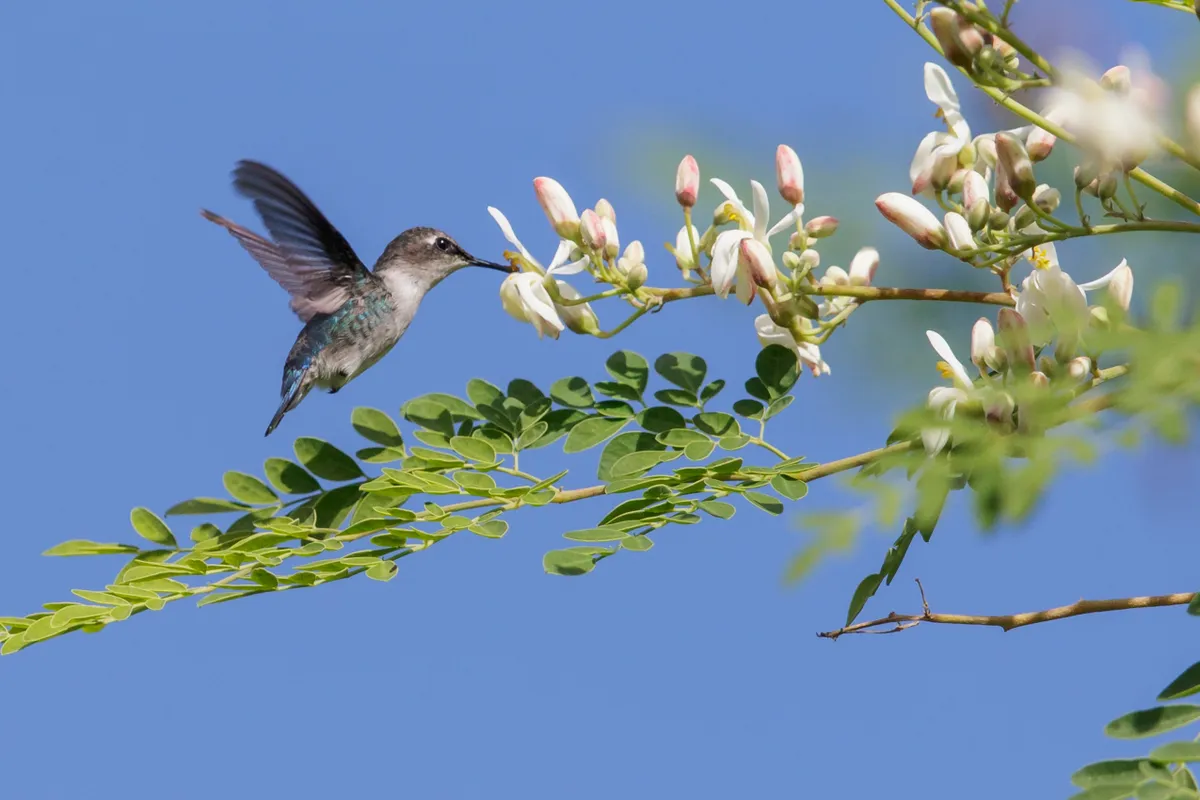
You can't visit Cuba and not see the world's smallest hummingbird. The bee hummingbird weights in at about 2g, which is less than a sugar lump, and is only 5.5cm long.
Also known as the Helena hummingbird, and locally as the zunzun, the bee hummingbird is culturally recognised as a symbol of love.
IUCN Red List status: Near Threatened
Cuban parakeet Psittacara euops, Finca La Belén, Camagüey
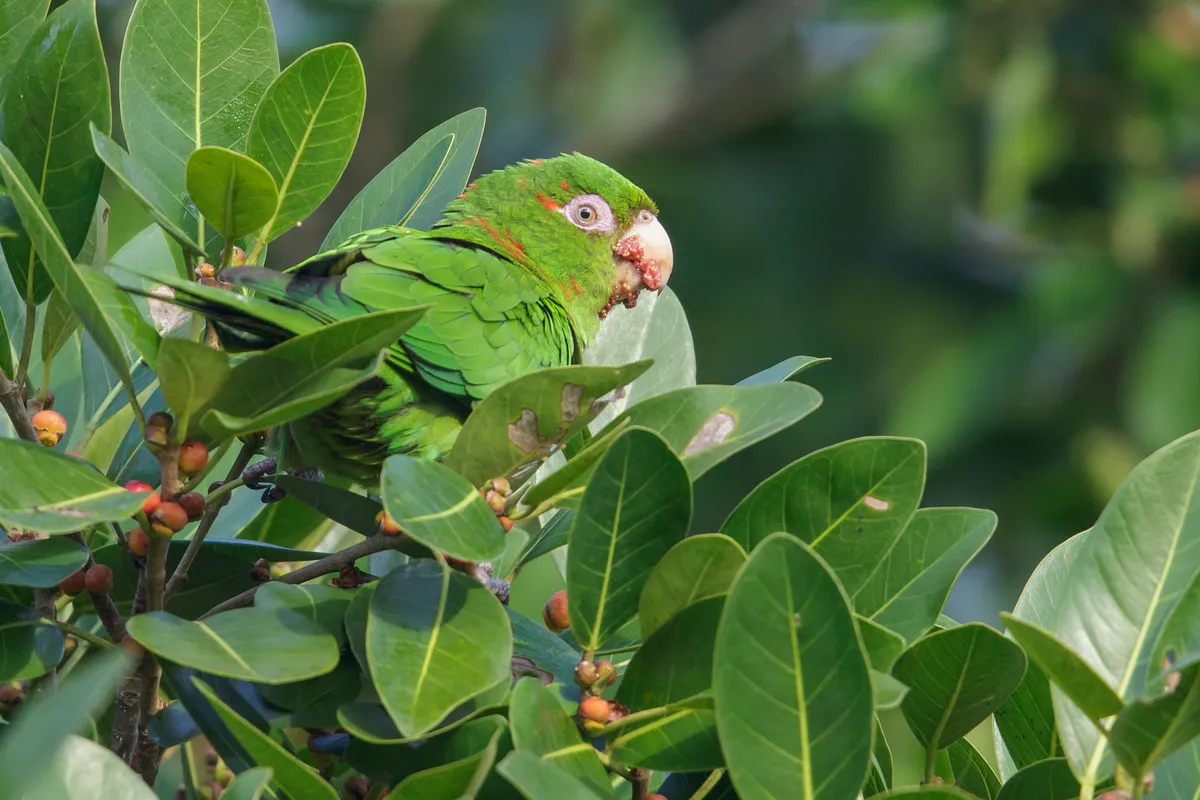
Part of the parrot family, the Cuban parakeet was once considered a common species, but now has fragmented populations.
South of the town of Najasa, on poor roads, Finca La Belén is both a working ranch and a government-run hotel. You can see plenty of endemic bird species here, such as giant kingbirds and Cuban parakeets.
IUCN Red List status: Vulnerable
French angelfish Pomacanthus paru, Playa Pesquero
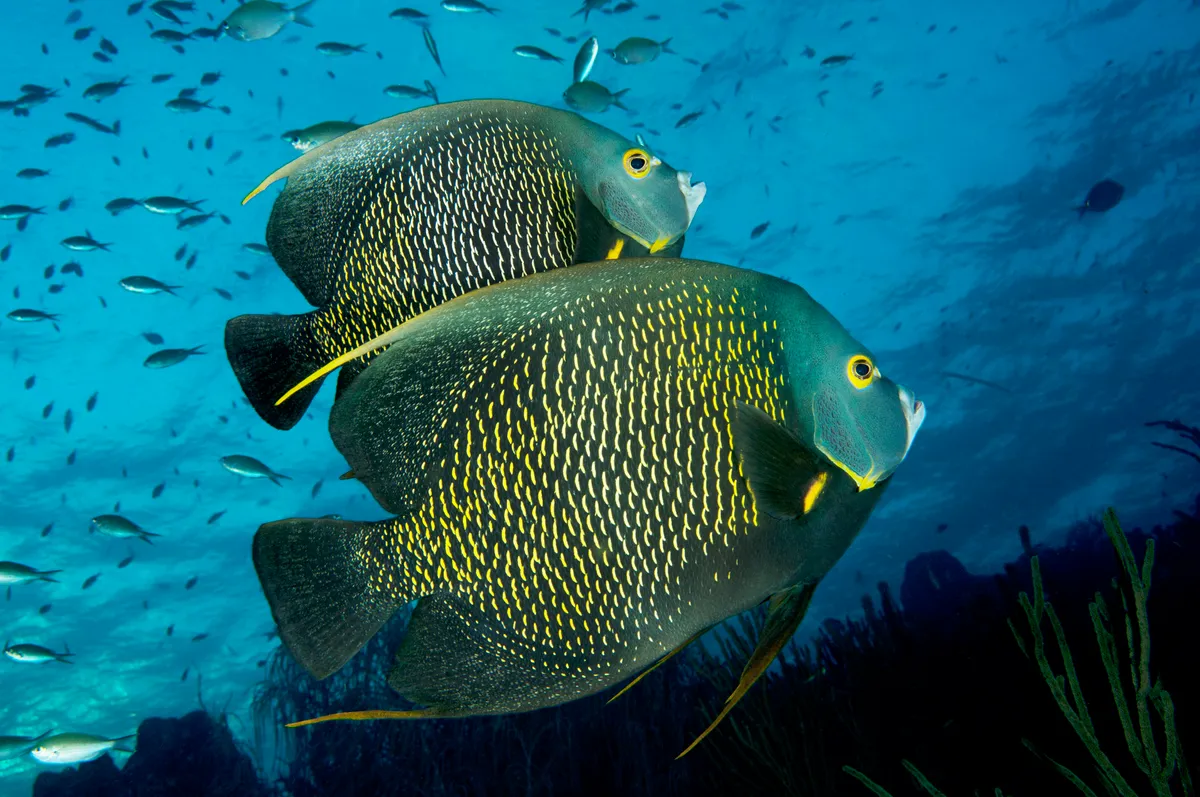
Renowned as one of the best snorkelling sites in Cuba, Playa Pesquero is a good location to see a huge variety of reef fish, including the beautiful French angelfish.
Found throughout the Caribbean and the eastern coast of South America and south-eastern coast of North America, the French angelfish is common in coral reefs, usually in pairs.
IUCN Red List status: Least Concern
Cuban crocodile Crocodylus rhombifer, Zapata Peninsula
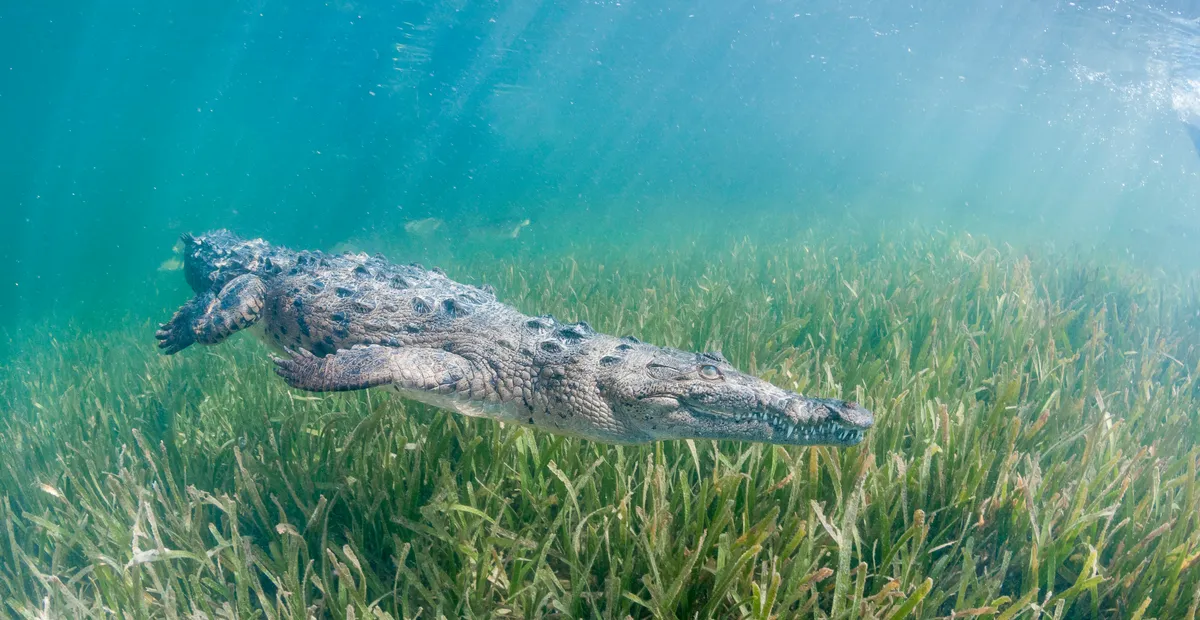
Zapata National Park is important for its extensive wetlands that provide the best habitat in Cuba for this endemic crocodile.
The species has seen a decline greater than 80 per cent in the last three generations, and is threatened by poaching for its meat, hybridisation with the American crocodile, and declines in habitat quality.
IUCN Red List status: Critically Endangered
